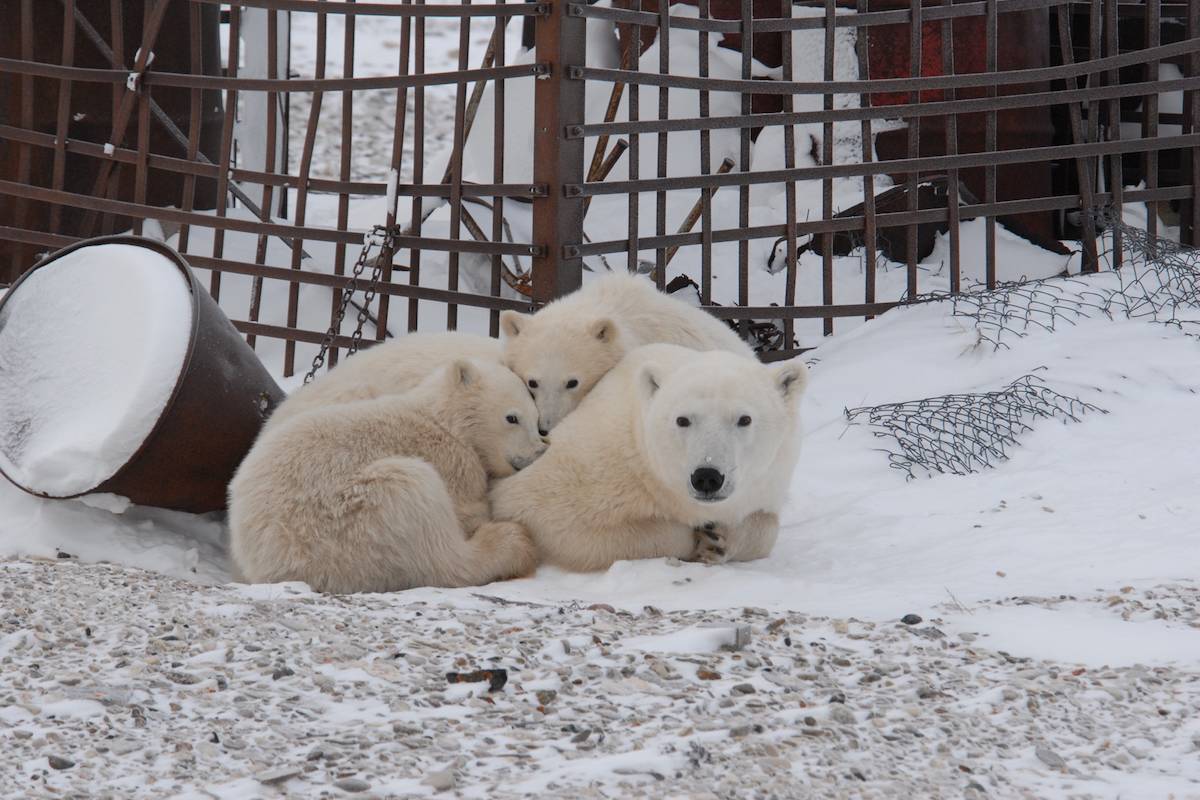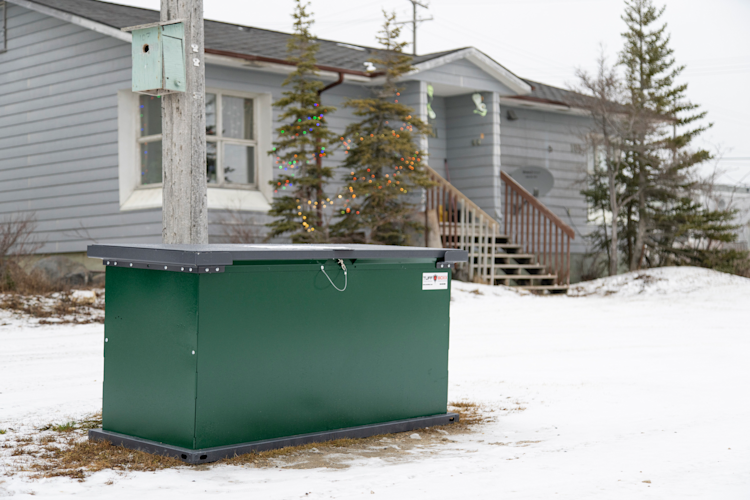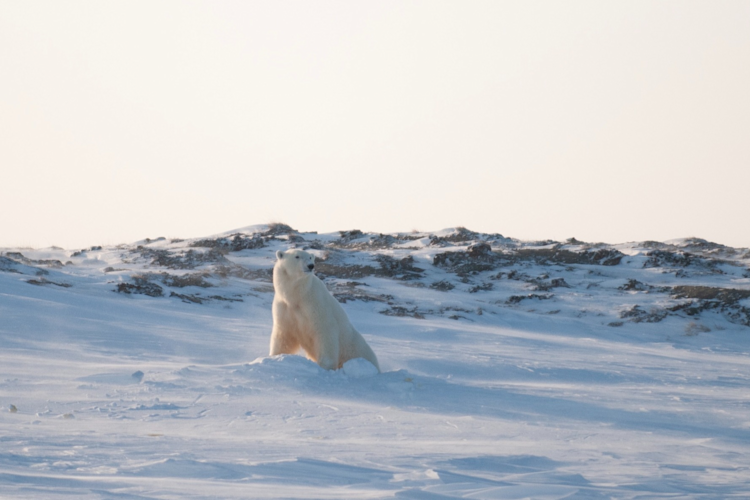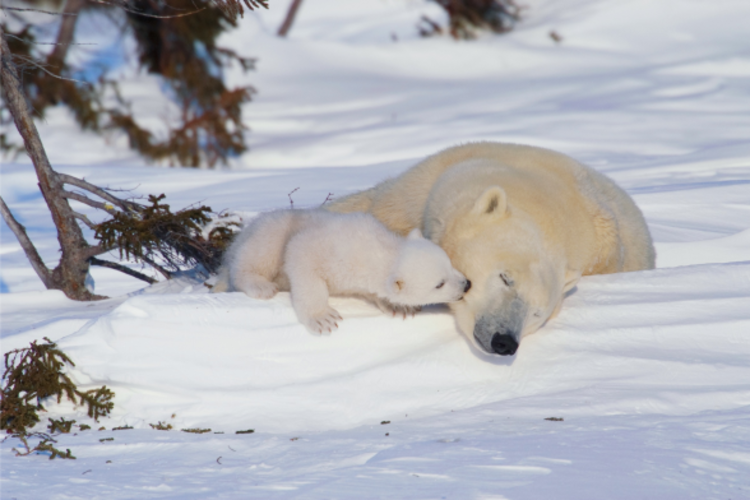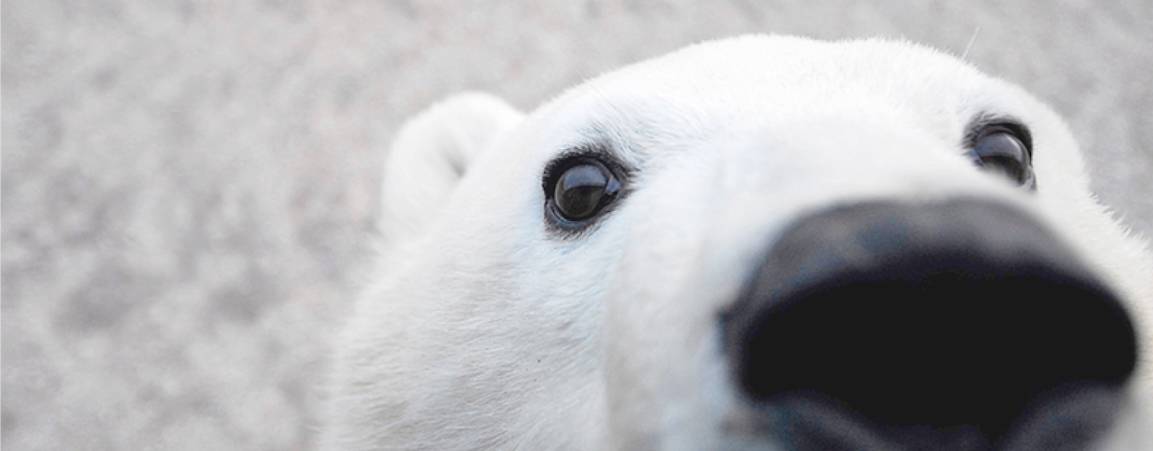In April, the trash storage facility in Churchill, Manitoba, Canada, burned to the ground, leaving the residents of the Polar Bear Capital of the World with nowhere to store their garbage. That inevitably led to concerns about hungry polar bears being attracted by the smell of food waste – and, sure enough, at the tail end of bear season this year, a number of polar bears invaded the landfill that had been opened to take care of excess trash.
Here, Geoff York, Polar Bears International's senior director of research and policy, explains what happened and what needs to happen next to protect both bears and residents.
Let’s begin by turning the clock back 20 or so years. Historically, how did Churchill dispose of its garbage?
They had open landfills, and they did some low temperature burning of waste to try to reduce the volume, which of course emitted harmful smoke. That created a mix of burned and unburned garbage, and it was all accessible to wildlife broadly, and polar bears specifically. In those days, you could regularly see polar bears pawing through the trash, trying to avoid the flames. Aside from problems to the bears themselves from ingesting garbage, the open landfill taught the bears to associate food waste with people and mothers taught their cubs that behavior — leading to food-conditioned bears that were more difficult to manage and more likely to come into conflict with people.
How did the town move on from that?
Churchill had an extensive military presence for many years. One consequence was that the military left behind a large warehouse that the town was able to adapt to store two to three years' worth of garbage at a time. It was also large enough to handle and sort recyclables and hazardous materials, which could then be shipped out for better disposal elsewhere or for monetary gain. In addition to the new storage facility, the town transitioned to a more modern landfill, one known as a cap-and-fill landfill. So, every two to three years, they would get a permit, dig a hole, bury and compact the garbage, cover it back up again, and then begin storing trash again for another couple of years.
The landfill has a high chain link bolstered with electric fencing, but the real beauty of it was that people weren’t in and out of it constantly, and the trash was buried. And when the bears were onshore, especially late in the fall, the landfill was inactive and fenced.
But then in April, disaster struck?
Yes. The warehouse burned to the ground and so literally overnight, Churchill lost its waste storage facility, it lost its recycling facility, it lost its hazardous materials facility, and it lost its ability to store waste over a longer period of time. Normally, for a community of 800 or so, we might not even be talking about this, but they have over 20 thousand tourists each year, which radically changes things. As a result, the community has big pulses of waste that flow into a system that, with the warehouse, was able to handle that kind of sudden flux. This year, without the warehouse, was a different story; the community desperately tried to find places where they could keep trash indoors, but by the very end of the season, they had essentially run out of space. So, they were forced to place waste directly at the landfill, and the bears came.
Were there any incidents with polar bears this season as a result?
The big incident was that the bears broke through the fence around the landfill, which they were able to do because of several unfortunate events happening at once.
Right at the end of the season, Churchill had an unusually warm spell before it got properly cold. And that temperature transition from very warm – seasonally speaking – to properly cool caused an icing event: as the temperature went from warm and humid to cold, all the moisture just came out of the air and attached itself to every surface it could find. Metals, power lines, fences, everything just got coated. That took out the electric fence at the dump, at the same time that the community was actively dumping waste. So, one of the key protections failed catastrophically just as people were dumping trash.
Bears still weren’t out on the sea ice because it was just starting to freeze. Some tore through the fence. And next thing you know, bears were in the landfill. That obviously created a very stressful and unsafe situation for public works people and for the conservation officers that were tasked with trying to keep the bears out. There was no power, there was no light, and so these poor public works folks were going out there, having to manually open a gate to drive their truck inside, with polar bears in the vicinity. And it became one of those situations where, even when the sea ice came in, the bears had no incentive to leave, because they had plenty of food.
Polar Bears International purchased a gate opener, a mobile light station, and supplies to improve the electric fencing. We were able to get the light station up and running to improve safety and visibility, though other supplies arrived late. PBI will work with the town as they fix the hard fence, repair and beef up the electric fence and install the gate opener.
